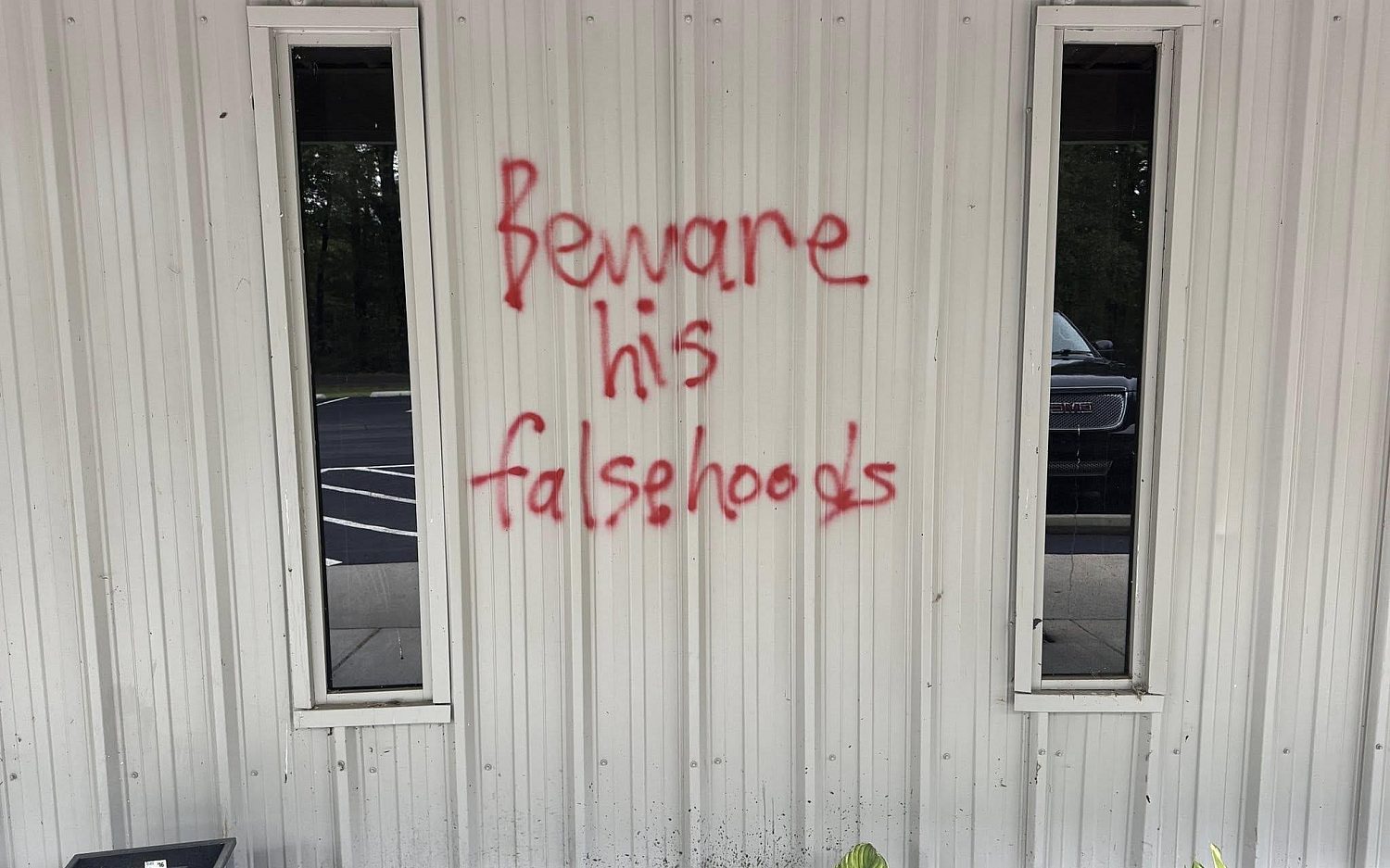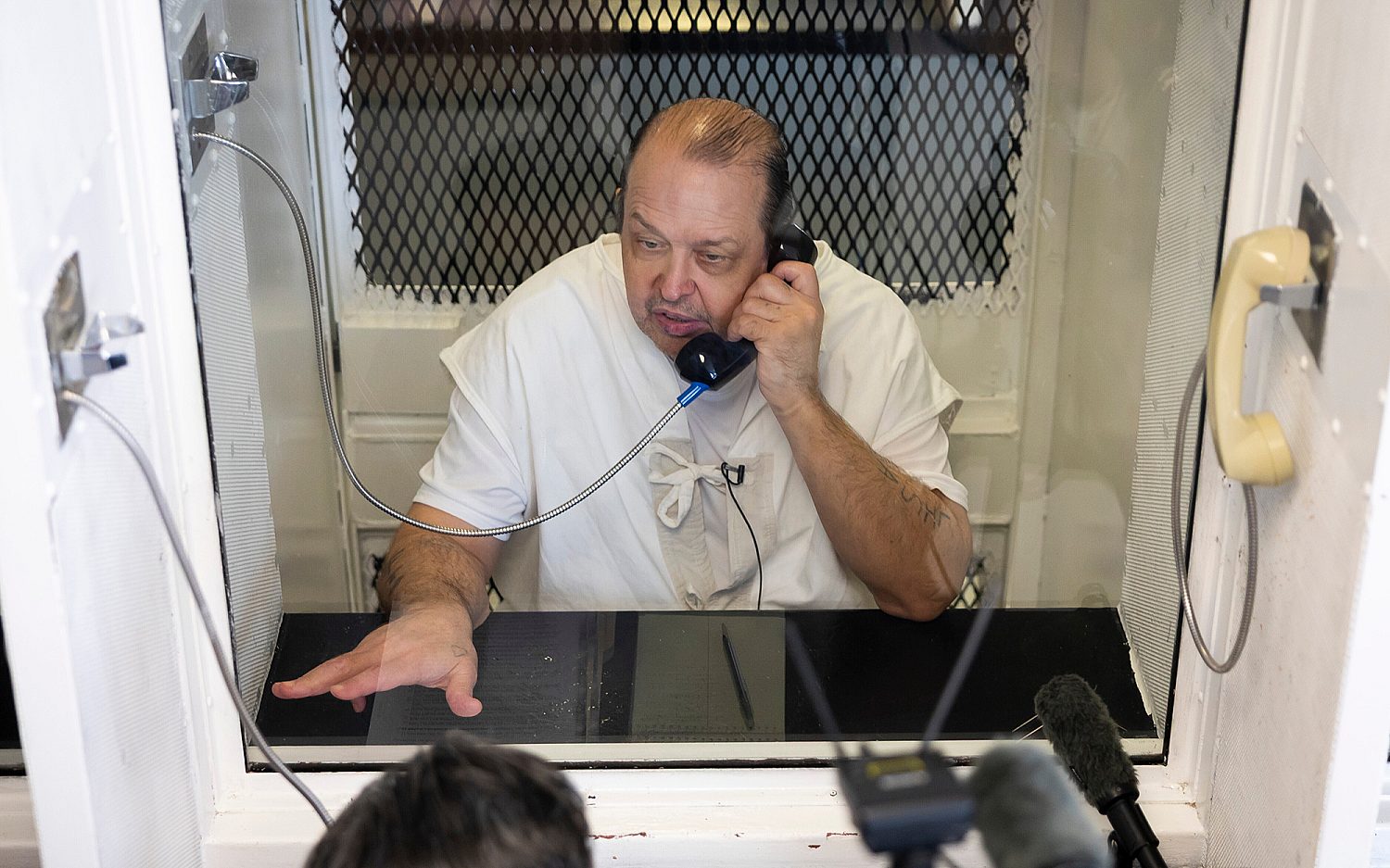Sandy leaves death, damp, and darkness in wake
NEW YORK (AP)—Millions of people from Maine to the Carolinas awoke Tuesday without power, and an eerily quiet New York City was all but closed off by car, train, and air as superstorm Sandy steamed inland, still delivering punishing wind and rain.
The full extent of the damage in New Jersey, where the storm roared ashore Monday night with hurricane force, was unclear. Police and fire officials, some with their own departments flooded, fanned out to rescue hundreds.
"We are in the midst of urban search and rescue. Our teams are moving as fast as they can," Gov. Chris Christie said. "The devastation on the Jersey Shore is some of the worst we've ever seen. The cost of the storm is incalculable at this point."
The death toll from Sandy in the U.S. climbed to 18, including six in New York, four in Pennsylvania, and three in New Jersey, with most of the victims killed by falling trees. Sandy also killed 69 people in the Caribbean before making its way up the Eastern Seaboard.
At least 7.4 million people across the East were without electricity. Airlines canceled more than 12,000 flights.
Lower Manhattan, the financial center of the U.S., was among the hardest-hit areas after the storm sent a nearly 14-foot surge of seawater, a record, coursing over its seawalls and highways and into low-lying streets.
Water cascaded into the gaping, unfinished construction pit at the World Trade Center, and the New York Stock Exchange was closed for a second day, the first time that has happened because of weather in more than a century.
A huge fire destroyed as many as 100 houses in a flooded beachfront neighborhood in Queens on Tuesday, forcing firefighters to undertake daring rescues. Three people were injured.
A downtown hospital, New York University's Tisch, evacuated 200 patients after its backup generator failed. About 20 babies from the neonatal intensive care unit were carried down staircases and on battery-powered respirators.
And a construction crane that collapsed in the high winds on Monday still dangled precariously 74 floors above the streets of midtown Manhattan.
With water standing in two major commuter tunnels and seven subway tunnels under the East River, there was no indication of when the nation's largest transit system would be rolling again. It shut down Sunday night ahead of the storm.
Joseph Lhota, chairman of the regional Metropolitan Transportation Authority, said the damage was the worst in the 108-year history of the New York subway.
© 2012 Associated Press. All rights reserved. This material may not be published, broadcast, rewritten, or redistributed.
An actual newsletter worth subscribing to instead of just a collection of links. —Adam
Sign up to receive The Sift email newsletter each weekday morning for the latest headlines from WORLD’s breaking news team.




Please wait while we load the latest comments...
Comments
Please register, subscribe, or log in to comment on this article.